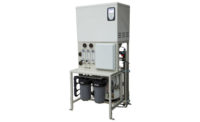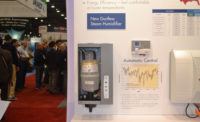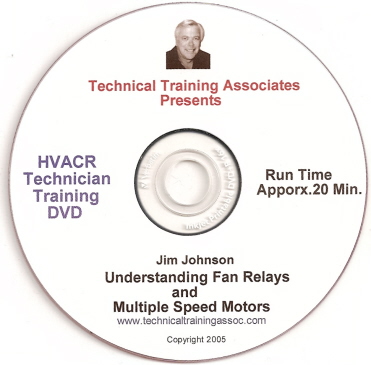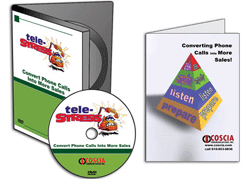What does this mean in practical terms?
Let’s imagine that our design target is 75 degrees F room temperature at 50 percent relative humidity (rh). If we plot these two values on a psychrometric chart, we find that the corresponding dewpoint temperature is 55 degrees. This tells us that the evaporator coil temperature must be 55 degrees or lower in order to achieve the design target conditions.
If the coil temperature is above 55 degrees, the target conditions cannot be achieved regardless of run time, system sizing, control strategies, etc.
Let’s suppose that our target is 80 degrees at 50 percent rh. The upper limit would then be 60 degrees coil temperature. How about 70 degrees at 50 percent rh? In this case, the upper limit would be 50 degrees. Note that in each case the upper limit is 20 degrees below the desired room temperature.
Since coil temperature drops with room temperature, we can say that throughout the run cycle, the coil temperature must be at least 20 degrees below the room temperature.
Lower Limits, Latent Loads
Is there a lower limit aside from coil freezing? Yes. The comfort range for humidity is 40 percent to 60 percent rh.If we look at a psychrometric chart for the range of desired room temperatures, we find that we can stop removing moisture at 40 percent rh if the evaporator coil temperature is 26 degrees below the room temperature, so we should make this our lower limit.
We can say that the evaporator coil temperature must be 20 degrees to 26 degrees below the room temperature in order to properly control humidity. But wait, there’s more.
We have not yet considered the humidity (latent) load. We must lower our upper limit in order to handle the ongoing infiltration of moisture into the conditioned space. For a light latent load, we should drop the upper limit by about 1 degree, and should drop it even more where there is a heavy latent load. So, our coil temperature limits are now 21 degrees to 26 degrees below room temperature.
How do we know what the coil temperature is? If the system is condensing moisture, then the supply air wet-bulb temperature will be identical to the evaporator coil temperature; thus, we can say that the supply air wet-bulb temperature must be 21 degrees to 26 degrees below the room temperature.
For an alternative (albeit less precise) test, since supply air dry-bulb temperature is usually very close to supply air wet-bulb temperature when measured close to the coil, I often recommend keeping the supply air dry-bulb temperature 20 degrees to 25 degrees below the room temperature. Given typical bypass factors and latent loads, this should keep us well within the 40 to 60 percent rh comfort range. Actual coil temperature (and wet-bulb temperature) is slightly less than dry bulb, so we raise both limits 1 degree when using dry-bulb temperatures.
How do we adjust the coil temperatures? We adjust the blower speed. The lower the airflow, the lower the evaporator coil temperature, and vice versa.
Efficiency Concerns
There is a price to pay for humidity control. When we lower the blower speed to remove more moisture, we also lower the system efficiency. If the blower remains at the lower speed, then the efficiency is lowered under all conditions, even when humidity removal is not needed.This brings us to humidity controls. While there are many strategies, one of the most popular is to lower the blower speed (and thus the coil temperature) when moisture removal is needed, then raise it back up to increase efficiency when moisture removal is no longer needed.
Why are today’s higher efficiency systems having more humidity problems than the older systems? The higher efficiency systems have evaporator coils with more surface area, and the industry still uses the old “400 cfm per ton” rule for airflow. This combination gives us a higher coil temperature; therefore, the system is less able to remove moisture.
Here’s the good news: The new, larger coils are capable of removing even more moisture than the older, smaller coils when the coil temperature is lowered to 21 degrees to 26 degrees below room temperature. Although this lowers the efficiency some, it is still much higher than that of older systems.
Lloyd is a veteran service technician with over 35 years of experience, author of the “T.E.C.H. Method” series of troubleshooting books and software, and host of an online discussion forum, all of which are available at www.techmethod.com.
Publication date: 05/19/2003








